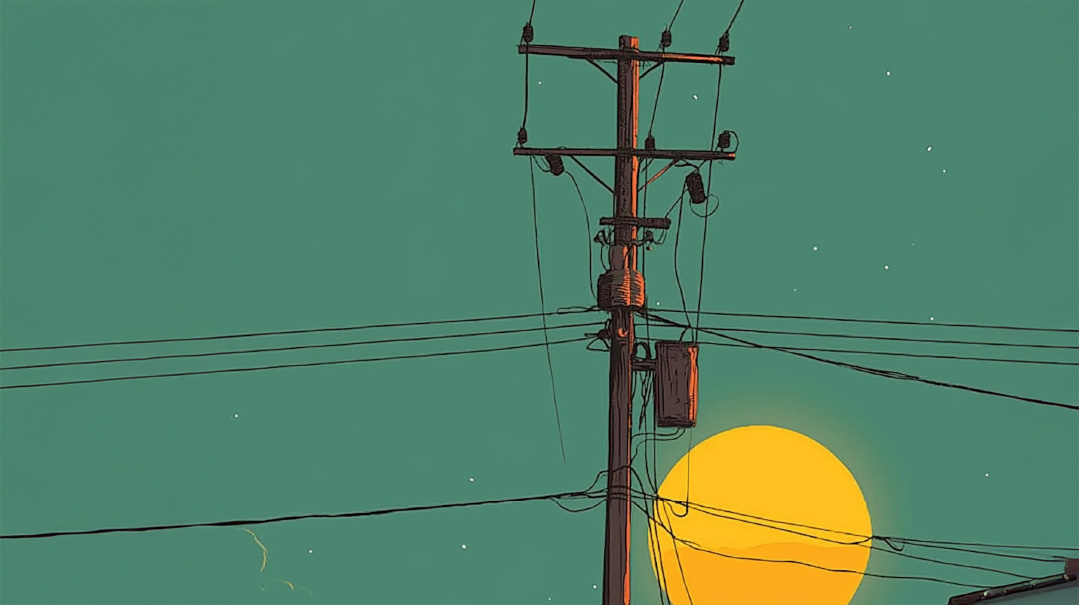Kosel Comportment

Approaching the Wall with awe

Prepared for print by Faigy Peritzman
I’m traveling to Israel with my nine-year-old daughter and plan to go straight from the airport to the Kosel. I’ve heard I need to rip my clothes upon seeing the Kosel, but I’m really not sure how to go about that. I’ve never ripped kri’ah before.
The practical method is to wear an extra shirt on top of your clothing, and then rip from top to bottom, the length of three to four inches, on the left side (heart area) of the shirt, while reciting the blessing of Baruch Atah, melech ha’olam, Dayan ha’emes (omitting Hashem Elokeinu). You should do the kri’ah while standing or walking, not while sitting. After performing the kri’ah, you may choose to remove that shirt and continue with your visit to the Kosel. Your daughter doesn’t have to do kri’ah, as she’s under bas mitzvah and the mitzvah of chinuch doesn’t apply here.
At what point during my visit should the kri’ah take place?
The correct time to perform the kri’ah is immediately upon seeing the dome over the mosque that was built on the area of the Beis Hamikdash. If you’re unable to see that area, then do the kri’ah when seeing the Kosel for the first time. Bedieved, the kri’ah may be performed later as well, as long as you’re still present at the Kosel area.
Are there any time periods during the year during which we’re exempt from kri’ah?
On Shabbos, Yom Tov, or Chol Hamoed (including Erev Pesach after chatzos), you’re exempt from kri’ah (although you should still say the blessing of Dayan ha’emes), and you do not need to make it up on a subsequent visit. But during the rest of the year, including Motzaei Shabbos, Rosh Chodesh, Chanukah (and even Purim according to most opinions), kri’ah is required. Some claim that traditionally, kri’ah was not performed when visiting the Kosel on Friday afternoon close to Shabbos. While this claim is questionable, some poskim maintain that you may rely on this tradition, specifically if the kri’ah will sadden you to the degree that it would affect your oneg Shabbos.
Does the Kosel Plaza have the same kedushah as shul? My cousin wants to make an early morning kiddush there, but I feel it’s wrong to be eating facing the Kosel.
The front section of the Kosel Plaza — the area where davening takes place on a regular basis — has the status of a shul, and all of the halachos of a shul apply there as well. Whether or not a kiddush may take place there depends on the Kosel administration’s regulations, since there are opinions that permit kiddushim celebrating mitzvah occasions to take place in a shul.
Whenever I’m davening at the Kosel, I never know what to do about the many recitations of brachos and Kaddish I hear from across the mechitzah. Should I stop my davening and answer all of them, even if I can’t see or participate in the minyan?
If you’re davening along with a specific minyan, then respond to whatever you can hear from that specific minyan. Otherwise, daven at your own pace, without interrupting your davening at all. If you’re just reciting Tehillim, you may interrupt to respond to any Kedushah or Kaddish that you hear, but you are not required to do so.
Whenever I’m at the Kosel, I’m disturbed by people talking on their cell phones while others are davening. Is this just a lack of derech eretz, or is there a halachic component here?
As mentioned before, the front part of the Kosel Plaza has the halachic status of a shul, and requires the decorum of a shul. This is especially true if others are davening at the time, and phone conversations will disturb their davening.
I’ve heard it mentioned that we’re not supposed to touch the Kosel stones. Is there any validity to that?
Some poskim, due to various halachic concerns and doubts, rule that one may not stick his fingers between the Kosel stones or even come too close to the actual Wall. But the widespread minhag Yisrael follows the opinion of the vast majority of poskim who dismiss all such concerns and doubts, and permit getting as close as possible to the Kosel, including touching and kissing it, and sticking one’s fingers in between the stones.
I’ve learned we should walk backward when leaving the Kosel. How far should we go? To the end of the plaza? Three steps? Until I can’t see it anymore?
As a show of respect and humility, some have a custom to turn around and walk sideways or backwards for a few steps, similar to what’s done when one exists a shul or takes leave of his rebbi. While this is not obligatory, it’s considered praiseworthy.
(Originally featured in Family First, Issue 801)
Oops! We could not locate your form.





